Difficulties ahead to revive China's 'Rust Belt'
Updated: 2016-05-03 07:59
By CHI FULIN(China Daily)
|
||||||||
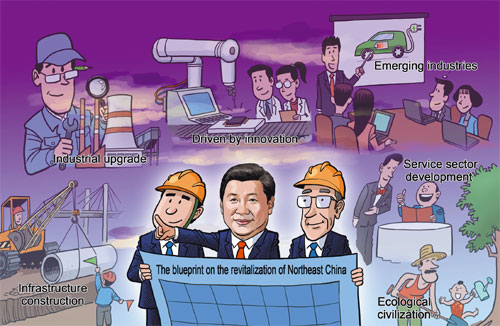 |
|
Luo Jie / China Daily |
A recent policy document issued by the State Council, China's Cabinet, says "old industrial bases", meaning Northeast China, will make significant progress in the key areas of reform by 2020 and, revive by 2030.
The document says the northeast region's opening-up, which includes expanded and all-directional opening-up to advance reforms, will become a new driving force for its revitalization.
From 2003 to 2013, China launched the first campaign for the region's revitalization. As a result, significant and historical changes were achieved in infrastructure construction and the development of heavy chemical industries thanks to the support of the central government, as reflected in its growing economic strength, a better economic environment and a tangible rise in its economic aggregate.
However, the campaign has failed to achieve a breakthrough in structural adjustment and institutional innovation, and the region's structural and institutional contradictions and problems have been exposed once again vis-a-vis the country's economic transformation and upgrading.
The new campaign to revitalize Northeast China should, therefore, focus on structural adjustment and institutional innovation to transform the region into a base of advanced or upgraded manufacturing. For its revival, a modern perception of the service sector should be cultivated. The region could learn from the experiences of Germany, whose modernized service sector accounts for 70 percent of its GDP and production-related services account for 70 percent of its service sector.
Northeast China should also strive to realize the transformation and upgrading of its manufacturing sector in order to establish an industrial model in which its modern services, production-related services in particular, is the driver of the transformation and upgrading of its manufacturing.
The low proportion of modern services in its industrial structure has seriously restricted the transformation and upgrading of manufacturing in Northeast China, which, in turn, has slowed its broader economic transformation. And without key progress being made in restructuring of State-owned enterprises, the main force of the region's manufacturing sector, structural adjustment and institutional innovation will be difficult to achieve.
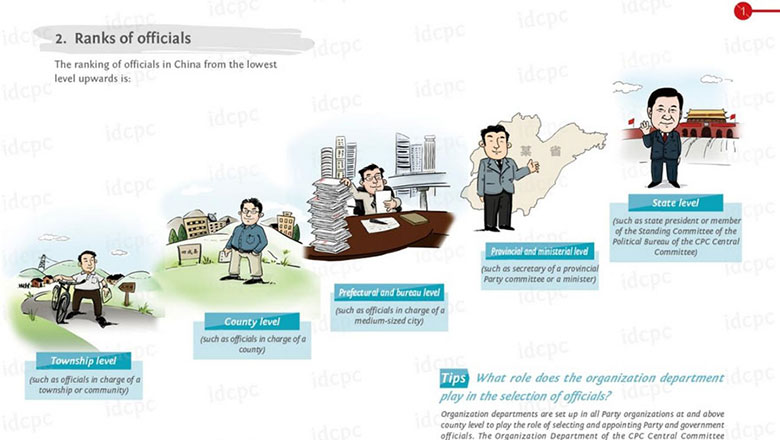
 CPC creates cartoon to show how officials are selected
CPC creates cartoon to show how officials are selected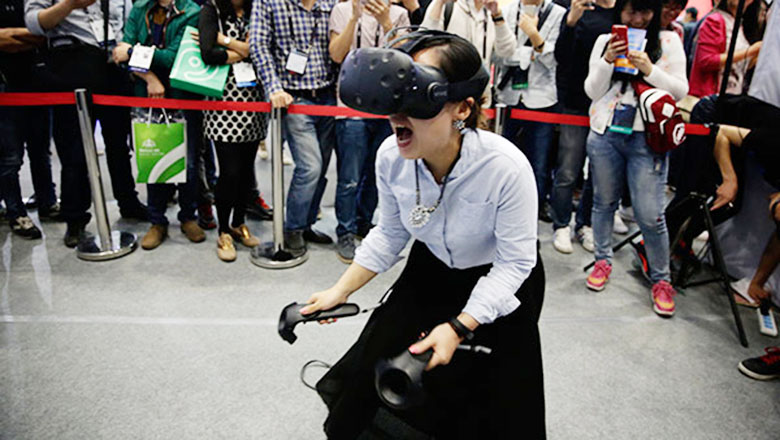
 Top 5 expected highlights at CES Asia 2016
Top 5 expected highlights at CES Asia 2016
 Business jet market hits air pocket
Business jet market hits air pocket
 Canada getting on top of Alberta wildfire, Fort McMurray off limits
Canada getting on top of Alberta wildfire, Fort McMurray off limits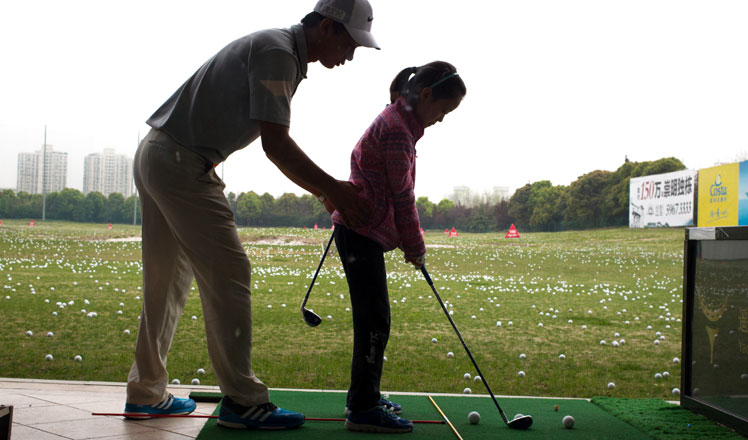
 Young golfers enjoy the rub of the green
Young golfers enjoy the rub of the green
 71st anniversary of victory over Nazi Germany marked
71st anniversary of victory over Nazi Germany marked
 Post-90s girl organizes others’ messy wardrobes
Post-90s girl organizes others’ messy wardrobes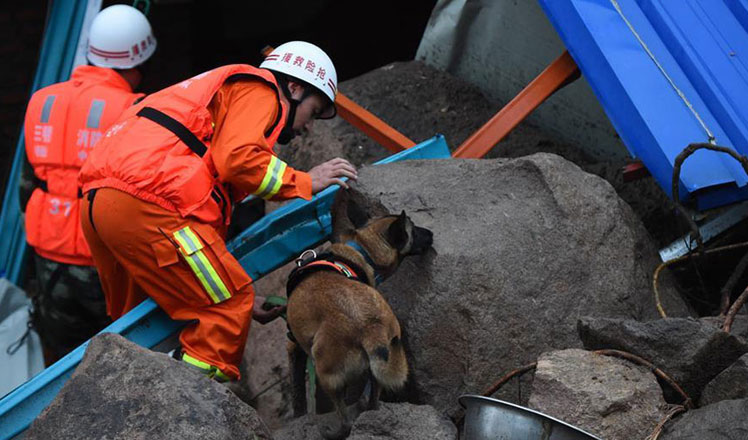
 Landslide hit hydropower station in SE China
Landslide hit hydropower station in SE China
Most Viewed
Editor's Picks

|

|
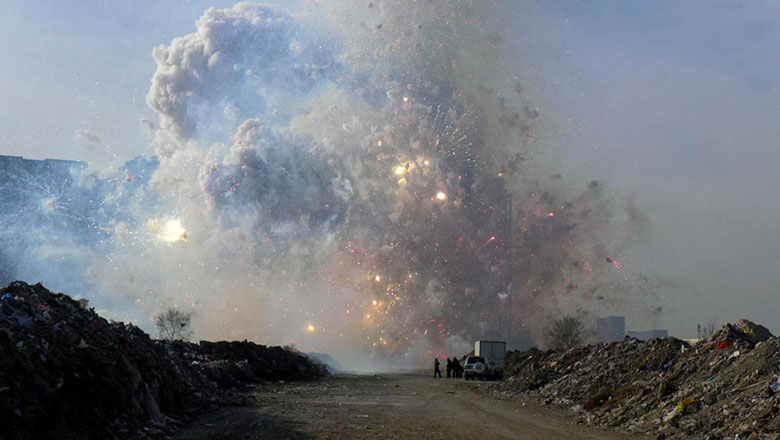
|

|

|

|
Today's Top News
Liang avoids jail in shooting death
China's finance minister addresses ratings downgrade
Duke alumni visit Chinese Embassy
Marriott unlikely to top Anbang offer for Starwood: Observers
Chinese biopharma debuts on Nasdaq
What ends Jeb Bush's White House hopes
Investigation for Nicolas's campaign
Will US-ASEAN meeting be good for region?
US Weekly

|

|









